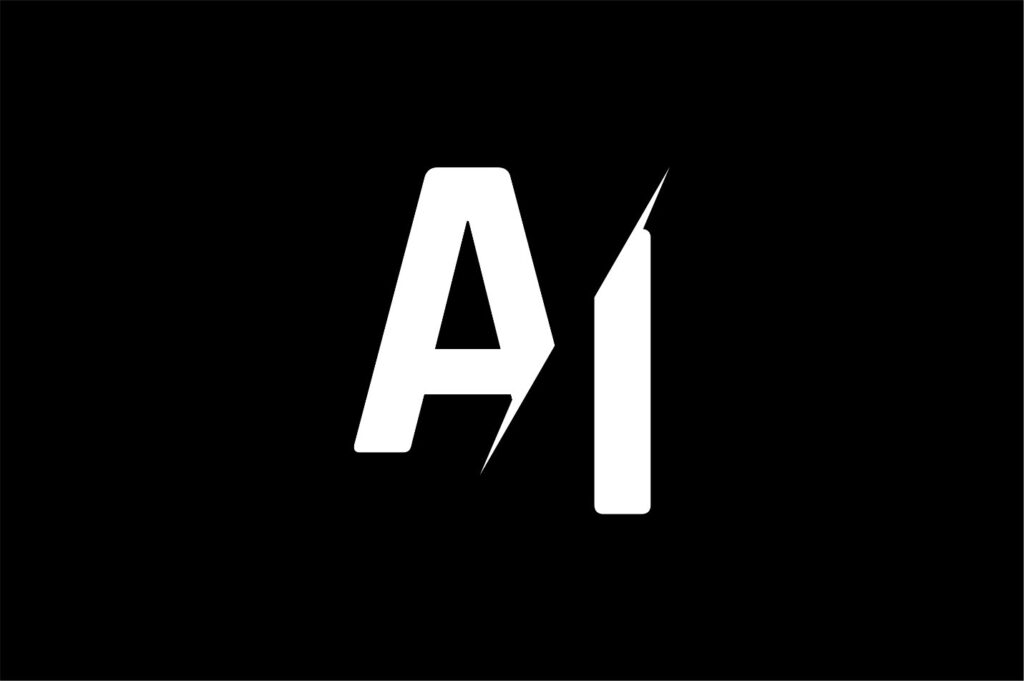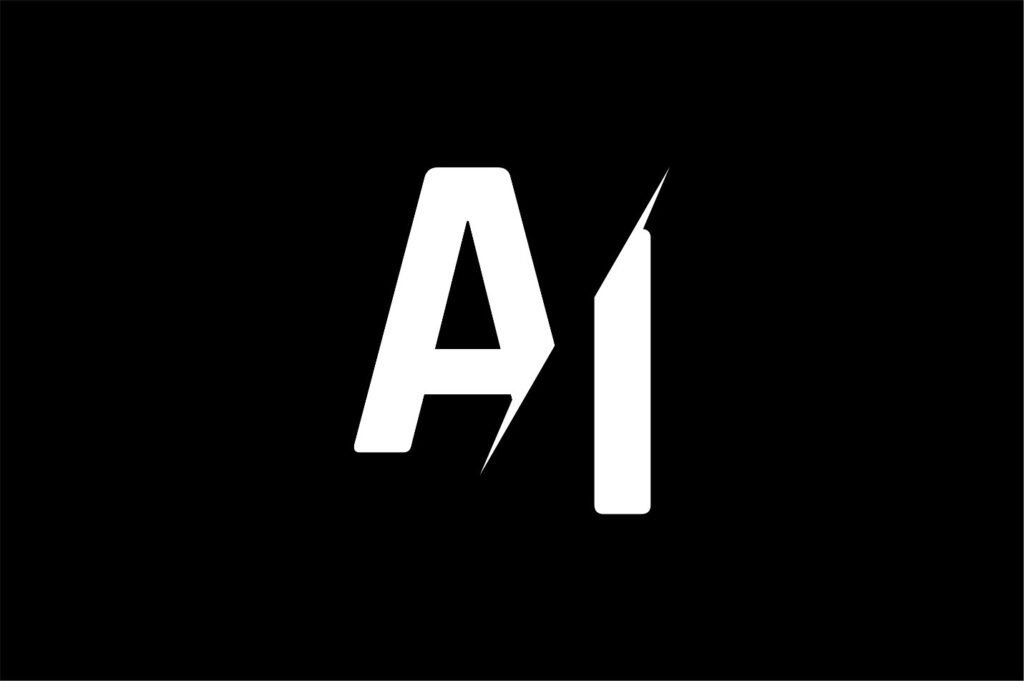(Image copyright, and courtesy of, Global Research and Consulting Group)
In a recent interview published on Inside Climate News, journalist Aynsley O’Neill spoke with Dr. Shaolei Ren, an associate professor of electrical and computer engineering at the University of California, Riverside about the impact artificial intelligence (AI) is likely to have on the environment and what might be done to mitigate its negative effects using.
Here’s some of what Professor Ren had to say:
“Because a large language model is by definition just really large. Each model has several billions of parameters, or even hundreds of billions of parameters. Let’s say you have 10 billion parameters to generate one token or one word: You’re going to go through 20 billion calculations. That’s a very energy-intensive process. This energy is converted into heat, so we need to get rid of the heat; water evaporation is one of the most efficient ways to cool down the data center facilities. That’s why we also use a lot of water besides the energy.
The water evaporates into the atmosphere, so sometimes that’s considered as lost water, although it technically is still within our global water cycle system, but it’s not available for reuse in the short term in the same source. Water consumption is the difference between the water withdrawal minus the water discharge, and that’s very different from the water that we use to take a shower. When you take a shower, you withdraw a lot of water, but there’s not much consumption.”
The environmental and economic pluses and minuses of using AI
Ren continued, “In the U.S., roughly 80 percent to 90 percent of the water consumption for data centers is coming from [public] water sources. We did some preliminary study and it shows that currently in the U.S. the data centers’ water consumption is already roughly 2 percent to 3 percent of the public water: I think there are benefits, especially in terms of economic development. For example, the data center construction will bring some tax revenues, and after the completion, there will be a steady stream of tax dollars for the local government.
But on the other hand, the natural resources of millions of gallons of water a day could be an issue. Right now, I heard that the local water utility says it takes up 1 percent of the total water supply. But I would say probably they are comparing water consumption with the water withdrawal, because they supply the water to residents, to other industries, but [that] usage is mostly water withdrawal because they just return the water immediately back to the supply. However, when a data center takes the water, most of the water will be evaporated. So it’s not really the right metric to compare. This 1 percent water withdrawal by data centers could mean that the water consumption is roughly 5 percent to 10 percent.”
Driving AI – A bus or a car?
Ren went on to explain, “[The tech companies] definitely have the incentive to reduce the energy consumption, reduce the resource consumption for training and inference. We have seen a lot of research proposals and solutions that promise to reduce the energy consumption, but it turns out that in reality, the systems are not that optimized.”
“There are a lot of constraints which prohibit them from using those optimization techniques,” Ren continued. “Maybe we can compare the bus versus a passenger car. In general, per passenger, the bus should be more energy efficient than a passenger car, assuming the bus is fully loaded. But in reality, due to the user requests, random patterns and some other constraints, the bus is not fully loaded at all. If you have a 50-passenger bus, usually it’s just loaded for five passengers, and on average per passenger, fuel efficiency is much worse than the passenger car.”
How to fix the problem? Ren suggests that “…instead of using larger and larger models, we could be using smaller and smaller models, because usually those smaller models are good enough to complete many of the tasks that we actually care about.
For example, if you just want to know the weather, or a summary of text, using a smaller model is usually good enough, and a smaller model means you’re going to save a lot of resources and energy consumption. Sometimes you could even render small models on your cell phone, and that can further save the energy by, say, 80 percent very easily, compared to running a larger model on the cloud.”

Top 3 Takeaways
▪ AI’s impact on the environment has its benefits and its drawbacks
▪ Generating AI can consume up to 10% as much of a local water company’s supply
▪ Instead of using large language models for simple tasks, consider using small language models
#AI #AI Today #artificial intelligence #climate #environment #uc riverside





